French Level 1
Unité 12: Leçon 2c

|
Les Descriptions Physiques
|
Before we move on, I want to check to see how observant you've been during the last two leçons. Did you notice the differences between the masculine forms and the feminine forms of the new vocabulary words presented in those leçons? Did you notice the spelling addition on some words (in most cases: the letter "e") and how this small addition actually changed the pronunciation of the words? Did you notice that other descriptions contained two completely different words depending upon the gender of the subject being described? Of course you did and it's a good thing because in this leçon we are going to learn to use these words in sentences!
Before we start with the sentences, I need to introduce you to some very important phrases.
They are:
Comment est-il? and Comment est-elle?
The literal translation for these two phrases in English are as follows:
Comment est-il? (How is he?) and Comment est-elle? (How is she?). Now I'll bet that you are thinking, "Yes! Finally! Some sentences that translate straight across from French into English!" If you thought this, then you would be approximately 50% correct. The words DO translate exactly (that's the correct part). However, the ideas being expressed DO NOT. You see, to a French speaker these two phrases have a VERY DIFFERENT meaning than they do to an English speaker.
In English, when you ask someone "How is he?" or "How is she?" you are inquiring after a person's health. Not so "en français"! When you ask "Comment est-il?" or "Comment est-elle?", you are trying to find out what that person is like, or more precisely, what that person "looks like". Check out the phrase photos below and you'll see what I mean:
|
Des Descriptions Physiques Masculines et Feminines
|
 Track 11 Track 11
1er Groupe
Comment est-il?
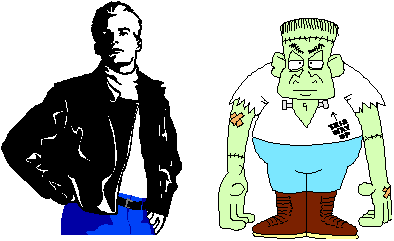
|
Il est beau.
|
Il est laid.
|
|
Comment est-elle?
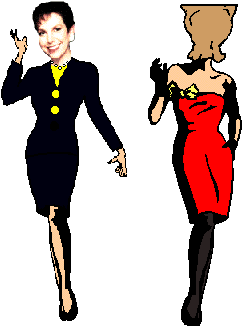
|
Elle est belle.
|
Elle est laide.
|
|
NUMÉRO 2
Comment est-il?

|
Il est faible
|
Il est fort.
|
|
3e Groupe
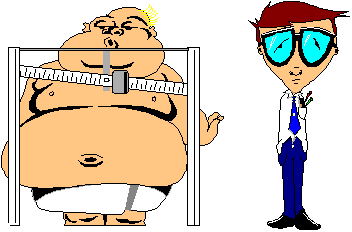
|
Il est gros.
|
Il est mince.
|
|
Comment est-elle?
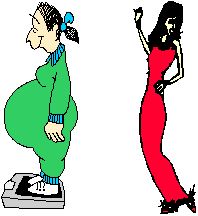
|
Elle est grosse.
|
Elle est mince.
|
|
4e Groupe
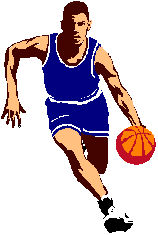
Il est sportif.
|

Elle est sportive.
|
5e Groupe

|
Il est blond.
|
Il est brun.
|
Il est brun.
|
Il est roux.
|
Il est chauve.
|
|

|
Elle est blonde.
|
Elle est brune.
|
Elle est brune.
|
Elle est rousse.
|
|
|
Très, très bien! I'm sure that you noticed that in both the male and the female picture tables of the "5e groupe", there is one man and one woman with light brown hair and one person of each gender with black hair. I'd even venture to guess that you noticed that we use the same word, "brun" and "brune" (respectively) to indicate someone with dark hair of any color including black hair (just as is done in this same situation in English). The inclusion of black hair in the preceding description is very important because you should never use the phrases, "Il est noir" (He is black) or "Elle est noire" (She is black) to denote that someone has black hair. These phrases denote the race of a person, and NOT his or her hair color! BE AWARE! Using these phrases incorrectly is a very common mistake among new French speakers.
It's time now for the next leçon. You will be learning another VERY important verb! Mlle. "D" will be teaching you. Have fun! I'll be thinking about you while I am resting!

|